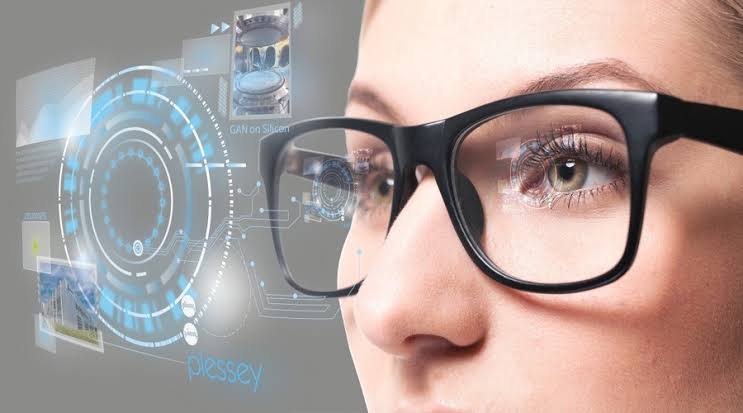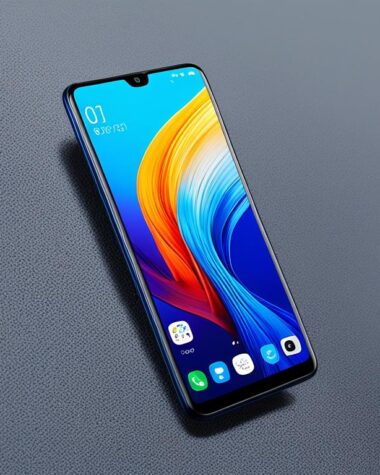In a world driven by technological advancements, smart glasses have emerged as a fascinating innovation that seamlessly blends the digital and physical realms.
These futuristic eyewear devices have captivated the imaginations of tech enthusiasts and industry professionals alike.
By integrating cutting-edge technologies, such as augmented reality (AR) and voice recognition, smart glasses offer a unique and immersive user experience.
In this article, we will explore the history, features, applications, advantages, limitations, and future prospects of smart glasses.
What are Smart Glasses?
Smart glasses, also known as augmented reality glasses or digital eyewear, are wearable devices that resemble traditional eyeglasses or sunglasses but come equipped with advanced technologies.
These glasses have a built-in display that overlays digital information onto the user’s field of view, allowing for a blended reality experience.
Smart glasses have the ability to recognize voice commands, capture photos and videos, connect to other devices wirelessly, and provide augmented reality and virtual reality features.
Brief History of Smart Glasses Technology
The concept of smart glasses traces its roots back to the early 1980s when Steve Mann, often referred to as the “father of wearable computing,” developed the first wearable computer vision system.
However, it was not until the 2010s that smart glasses gained significant attention with the introduction of Google Glass in 2013.
Google Glass, although commercially unsuccessful, played a pivotal role in bringing smart glasses into the mainstream consciousness.
Since then, various tech companies have joined the smart glasses race, releasing their own iterations of this innovative device.
Companies like Microsoft with HoloLens, Magic Leap with Magic Leap One, and Vuzix with their AR glasses have contributed to the advancements in smart glasses technology, improving performance, functionality, and user experience.
Applications of Smart Glasses
The versatility of smart glasses enables their application in a wide range of industries.
Let’s explore some of the key sectors where smart glasses are making a significant impact.
1. Industrial and Manufacturing
Smart glasses find extensive use in industrial and manufacturing settings.
They provide workers with real-time access to schematics, instructions, and safety information, improving productivity and reducing errors.
Workers can also use smart glasses for remote assistance, allowing experts to guide them through complex tasks.
These glasses have the potential to streamline operations, enhance worker safety, and facilitate hands-free workflows.
2. Healthcare and Medical
In healthcare, smart glasses can revolutionize the way medical professionals operate.
They can display patient records, vital signs, and medical images in real-time, enabling doctors and nurses to access critical information without diverting their attention from patients.
Smart glasses can also assist in surgical procedures by overlaying navigational information or providing telemedicine capabilities, connecting doctors and specialists remotely.
3. Education and Training
Smart glasses offer exciting opportunities in education and training.
They can provide immersive learning experiences by overlaying educational content onto real-world objects, enabling students to grasp complex concepts more effectively.
In fields such as vocational training and technical skills development, smart glasses can guide learners step-by-step, providing visual instructions and real-time feedback.
4. Sports and Fitness
Smart glasses have the potential to transform the sports and fitness industry.
Athletes can receive real-time performance data, such as heart rate, speed, and distance, directly in their field of view, enhancing their training and performance.
Coaches can also use smart glasses to provide live feedback and analysis, improving team strategies and individual player development.
5. Entertainment and Gaming
Smart glasses bring immersive entertainment experiences to a whole new level. Whether it’s enjoying augmented reality games, watching movies in a virtual theater, or interacting with virtual characters, smart glasses blur the line between the digital and physical realms.
They offer users the ability to explore virtual worlds, engage in interactive storytelling, and unlock new forms of entertainment.
Limitations of Smart Glasses
While smart glasses offer tremendous potential, they also have some limitations that need to be addressed.
Let’s explore a few key challenges.
1. Limited Battery Life
One significant limitation of smart glasses is their limited battery life.
The integration of advanced technologies and the need for continuous display and connectivity consume considerable power.
2. High Cost
Smart glasses are still relatively expensive compared to traditional eyewear.
The cost of the advanced technologies, including display systems, sensors, and processors, contributes to the higher price point.
3. Limited Field of View
The current generation of smart glasses often has a limited field of view, which can restrict the effectiveness of augmented reality experiences.
Expanding the field of view while maintaining visual clarity is a technical challenge that needs to be addressed to fully realize the potential of smart glasses.
4. Privacy Concerns
Smart glasses raise concerns about privacy, as they have the potential to record audio and video without others’ consent.
The integration of facial recognition capabilities also raises ethical questions regarding the collection and use of personal data.
Future of Smart Glasses
The future of smart glasses holds immense promise as technology continues to evolve.
Here are a few exciting trends and possibilities to look forward to:
1. Advancements in Technology
Technological advancements will lead to smaller, lighter, and more powerful smart glasses.
Improved displays, enhanced battery life, and better ergonomics will contribute to a more seamless and comfortable user experience.
2. Integration of 5G Networks
The deployment of 5G networks will revolutionize the capabilities of smart glasses.
High-speed and low-latency connections will enable real-time data streaming, enhance multiplayer gaming experiences, and support seamless collaboration and communication across various industries.
3. Potential Impact on Various Industries
As smart glasses become more refined and accessible, their impact on industries will continue to grow.
They will play a crucial role in fields such as remote work, telemedicine, retail, and logistics.
From enabling remote collaboration to transforming the customer experience, smart glasses will reshape how we interact with technology and each other.
Final Words on Everything You Need to Know About Smart Glasses
Smart glasses represent a transformative technology that seamlessly merges the physical and digital worlds.
With their advanced features, applications across various industries, and potential for innovation, smart glasses are poised to reshape the way we perceive and interact with the world.
While challenges remain, ongoing advancements in technology and increasing adoption will drive the evolution and integration of smart glasses into our daily lives.
As we venture into a future filled with blended reality experiences, smart glasses will undoubtedly continue to captivate our imaginations and pave the way for new possibilities.
We earlier discussed how technology can substantially improve the experience of online and distance learning.









1 comment